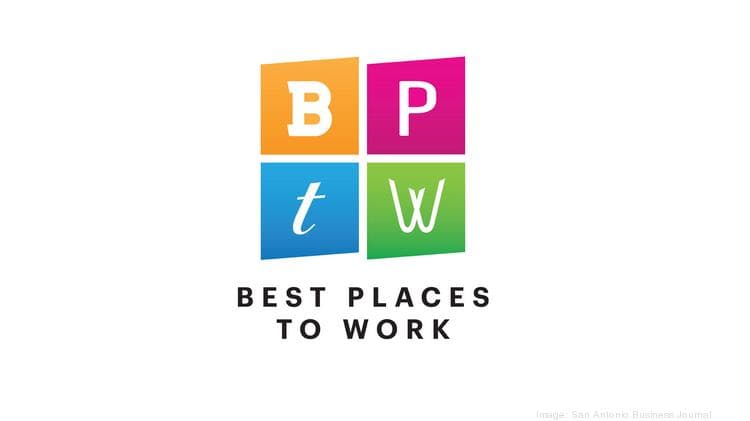When software engineer Mike Conley posted a rant on LinkedIn recently about a broken hiring process where he was being asked to do nine rounds of interviews, it hit a nerve with job seekers everywhere.
His viral post racked up nearly two million views, 40,000 “likes”, and a whopping 4,000 comments, almost all supportive.
Conley’s post was living proof that companies can miss out on hiring the right employee if the candidate and hiring experience is suboptimal.
Will Double Digit Interviews Become the New Normal?
Conley started his post by saying: “Today I pulled my name for consideration for a company I was interviewing with. It was a hard decision as I liked the company.”
consideration for a company I was interviewing with. It was a hard decision as I liked the company.”
He then highlighted that:
- This was a company he did three rounds of interviews two weeks earlier.
- This job opportunity featured the right role, pay and benefits.
- But the company was working to schedule interview rounds 4 thru 9!
“It should not take 9 interviews for any role,” wrote Conley. “For the types of jobs I’ve been looking for, the number of interviews has been getting higher and higher. Companies think they are building processes that ensure picking the right candidate. I don’t think that’s true. I think it’s due to fear of picking the wrong candidate. I think it’s fear they will not find the next unicorn. I think it’s fear of wasting time that ends up wasting more time.”
Conley’s bottom line: “Increasingly making interviews more and more lengthy and difficult can lose you the talent you are making the process more difficult for.”
Jack Kelly, CEO at global search firm, covered Conley’s tale for Forbes and concurred.
“As a recruiter for over two decades, I’ve also noticed the gradual move toward a lengthy, cumbersome interview process conducted over many months,” Kelly wrote.
Candidate Experience Disconnect
Global HR tech firm TalentAdore released recent statistics on the candidate experience that show a disconnect between the companies and would-be employees.
For starters:
- 52 percent of recruiters say their time-to-hire is 3 weeks or longer across all job openings
- Job seekers, however, expect a hiring process that wraps up in two weeks.
“Long recruitment processes are a nightmare for candidates,” says TalentAdore. “There is a clear mismatch between the expectations of the candidates about the length of the recruitment processes and how long the processes actually tend to last.”
Try these eye-opening stats:
- 37 percent of companies say their application process takes longer than 30 minutes to complete.
- 54 percent of job seekers said a negative candidate experience would impact their future decisions to purchase the company’s products or services.
- 69 percent of job seekers said a bad candidate experience would cause them to rarely or never again apply to that company.
- 72 percent of job seekers said they have shared bad candidate experiences online or with others directly.
Companies certainly know they need to do more with 98 percent saying that enhancing the candidate experience, for both those that become employees and those that do not make the cut, can help enhance and protect their brand.
5 Steps You Can Take for A Better Candidate Experience
Shawn Wilhelm, writing in Human Resources Today, has five suggestions for making the candidate experience, and thus the hiring process, better for everyone involved.
“When attracting and hiring the top talent, organizations need a stellar candidate experience that demonstrates why a candidate should want to work for you,” writes Wilhelm.
Wilhelm’s five tips are:
- Role You are Hiring for Must be Well-Defined: Evaluate and analyze skills gap within your organization to identify an applicant who can meet unfulfilled needs, and craft a detailed job title and description.
- Keep the Application Process Simple: Yes, the old KISS adage (Keep it Simple, Stupid!) still works! Why? Some 60 percent of job seeker will not complete an application if the process is too long.
- Communicate, Communicate, Communicate: Keep your candidates updated on the hiring process every step of the way. They should know when their application has been received and what the next steps are. Overcommunication is not a problem, while under communicating could lose your top talent.
- Organize Your Candidate Data: It is important to organize your candidate data into a format that can easily be accessed by all members involved in the recruiting, hiring, and onboarding process. Disorganization can make the candidate experience seem chaotic and raise red flags to candidates about accepting a position with your company.
- Be Up Front with Candidates: An open and honest process that does not promise unrealistic timetables or expectations is the best bet for a pleasurable candidate experience.
And remember Mike Conley? His story has a happy ending as he announced on July 26, 2021, that he was starting his “new role as VP of Software Engineering at uConnect”.
At Employer Flexible we can help your organization improve the candidate and hiring experience. Contact us today to find out how our flexible, dedicated services can fit your ever-changing hiring needs.





